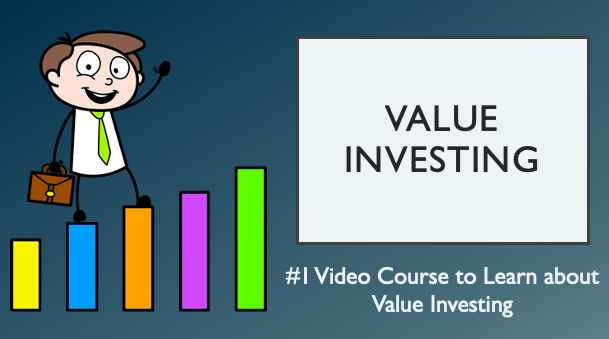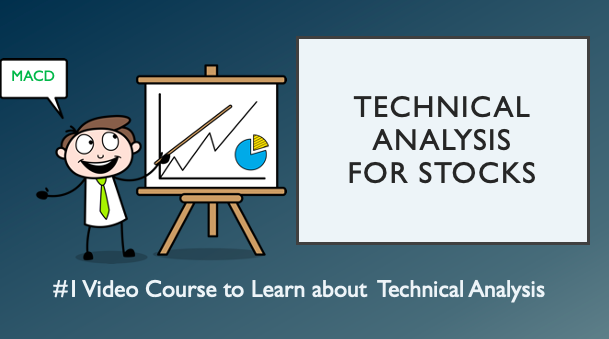Book Summary of The Dhandho Investor
by Mohnish Pabrai

What is the book about?
The Dhandho Investor by Mohnish Pabrai explores the low-risk, high-return investment strategies used by the Patel community and other successful entrepreneurs. The book introduces the concept of "Dhandho," a Gujarati term meaning "wealth creation," and illustrates how this approach can be applied to investing. Pabrai provides a framework that focuses on minimizing risk while maximizing rewards, drawing on real-life examples from his own experiences and those of other successful entrepreneurs like Richard Branson and Lakshmi Mittal.
Who should read the book?
This book is ideal for investors, entrepreneurs, and anyone interested in understanding value investing principles. It is particularly valuable for those looking to adopt a low-risk approach to investing while still seeking significant returns. The book is accessible to beginners but also provides insights that seasoned investors will find beneficial.
10 Big Ideas from the book:
- Buy Existing Businesses: Focus on purchasing businesses with established histories rather than starting new ones.
- Invest in Simple, Slow-Changing Industries: Target industries that change slowly and are easy to understand.
- Seek Distressed Businesses in Distressed Industries: Look for businesses that are undervalued due to temporary difficulties.
- Durable Competitive Advantage: Invest in businesses with a strong, sustainable competitive advantage or "moat."
- Few Bets, Big Bets, Infrequent Bets: Make large investments when the odds are overwhelmingly in your favor.
- Focus on Arbitrage Opportunities: Exploit pricing inefficiencies in the market for profit.
- Margin of Safety: Always ensure a significant margin of safety in your investments to minimize risk.
- Low-Risk, High-Uncertainty: Favor businesses that have low risk but high uncertainty, which can lead to outsized returns.
- Copy Rather Than Innovate: Emulate successful models rather than trying to create something entirely new.
- Heads, I Win; Tails, I Don’t Lose Much: Focus on investments where the upside is significant, but the downside is limited.
Summary of The Dhandho Investor by Mohnish Pabrai
Overview: The Dhandho Investor by Mohnish Pabrai presents a value-investing framework inspired by the successful business practices of the Patel community and other notable entrepreneurs. The book is structured into five parts, each focusing on different aspects of the Dhandho philosophy, which emphasizes low-risk, high-return investments. Below is a combined summary of the key insights from the book.
Part 1: Introduction to the Dhandho Philosophy
- Key Concept: The Dhandho approach is based on making low-risk, high-return investments, primarily by acquiring existing businesses at distressed prices.
- Examples: The book opens with real-life examples of the Patel motel owners, Richard Branson, and Lakshmi Mittal, who all applied the Dhandho principles to achieve extraordinary success.
- Key Ratios: Return on Invested Capital (ROIC) can be as high as 400% (Patel Motel example) when using these principles effectively.
Part 2: The Dhandho Framework
- Core Principles:
- Focus on Buying an Existing Business: Reduces risk compared to starting new ventures.
- Invest in Simple, Slow-Changing Industries: Avoids industries with rapid changes, which can introduce unpredictability.
- Buy Distressed Businesses in Distressed Industries: Presents opportunities to acquire assets at a significant discount.
- Invest in Businesses with Durable Competitive Advantages (Moats): Ensures long-term profitability and protection from competitors.
- Make Few Bets, Big Bets, Infrequent Bets: Focus on high-conviction investments with strong odds of success.
- Key Ratios: Intrinsic Value vs. Purchase Price, with an emphasis on maintaining a margin of safety (e.g., buying at least 50% below intrinsic value).
Part 3: Advanced Dhandho Strategies
- Big Bets: The Kelly Formula is used to determine the optimal size of a bet based on the probability of success and potential payout. This strategy is about making significant, well-timed investments when the odds are overwhelmingly favorable.
- Arbitrage: Identifies and exploits pricing inefficiencies in the market to generate profit with minimal risk.
- Margin of Safety: Reinforces the necessity of ensuring a significant margin of safety in all investments.
- Investing in Copycats: Suggests that investing in companies that successfully copy and scale existing business models is often less risky and more profitable than investing in innovators.
- Key Ratios: Kelly Formula for optimal bet sizing, Intrinsic Value vs. Purchase Price, with a focus on a 50% margin of safety.
Part 4: Selling Strategies and Focus in Investing
- The Art of Selling: Uses the analogy of Abhimanyu from the Mahabharata to emphasize the importance of having an exit strategy. Investors should consider selling when the market price is within 10% of the intrinsic value.
- Indexing vs. Active Management: Discusses the benefits and limitations of index investing. Suggests that Dhandho principles can outperform standard indexes by focusing on undervalued stocks within an index.
- Focus and Discipline: Draws lessons from Arjuna’s focus in the Mahabharata, emphasizing the importance of concentrating on a few well-understood investments.
- Key Ratios: Market Price to Intrinsic Value Ratio, with a selling threshold of 10% above intrinsic value.
Part 5: Conclusion and Practical Application
- Application of Principles: Encourages readers to apply the Dhandho principles practically, emphasizing simplicity, patience, and disciplined investing.
- Long-Term Perspective: Stresses the importance of adopting a long-term investment horizon, focusing on businesses likely to perform well over decades.
- Philanthropy and Legacy: Urges using wealth generated through Dhandho principles for societal good, reinforcing the broader impact of responsible investing.
Key Ratios to Remember:
- Return on Invested Capital (ROIC): Can be as high as 400% in certain scenarios.
- Intrinsic Value vs. Purchase Price: Always aim for a purchase price that is at least 50% below the intrinsic value.
- Kelly Formula: Used to calculate the optimal bet size based on expected value.
- Market Price to Intrinsic Value Ratio: Sell when the market price is within 10% of the intrinsic value.
Summary Insight: The Dhandho Investor teaches that by focusing on low-risk, high-return opportunities, maintaining a margin of safety, and making well-timed, high-conviction bets, investors can achieve significant wealth with minimal downside risk. The principles of Dhandho, derived from both ancient and modern examples, provide a robust framework for long-term, sustainable investing.
Which other books are used as reference?
Mohnish Pabrai heavily references the work and philosophies of Warren Buffett and Charlie Munger throughout The Dhandho Investor. Additionally, he draws from other well-known investment books and resources, though specific titles are not always cited. The core principles are largely derived from the teachings of Buffett and Munger, making their works (like The Intelligent Investor by Benjamin Graham and Poor Charlie’s Almanack by Charlie Munger) essential companion reads to better understand the ideas presented in The Dhandho Investor.
Browse Summaries of Top Investing books!
You may also like the below Video Courses



